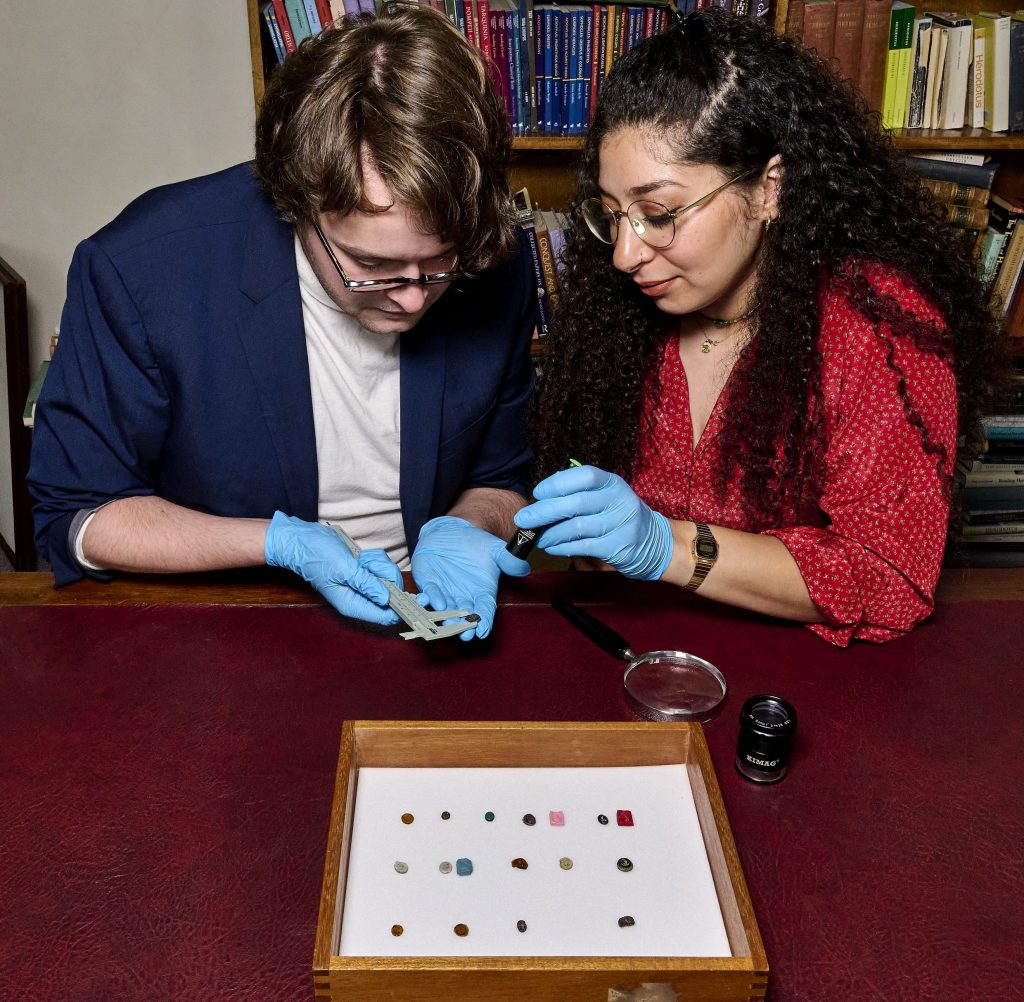Museums & Institutions
British Museum Recovers Nearly Half of Its 1,500 Missing Objects
A piece of Roman jewelry, worth $60,000, was found listed for $48 on eBay.

A piece of Roman jewelry, worth $60,000, was found listed for $48 on eBay.

Jo Lawson-Tancred

As the British Museum continues its global search to find some 1,500 items that were found to be lost or stolen from its collections, it has announced the recovery of a further 268 pieces. So far, a total of 626 pieces have been recouped by the recovery program.
Last summer, it was widely reported that Dr. Peter Higgs, an ex-senior curator for the British Museum’s Greek and Roman antiquities department, had been sacked over suspicion of stealing some 1,500 objects from the museum’s storerooms over a period of 20 years. Most of the missing items are ancient gems and pieces of jewelry from Greece and Rome. Some were listed on eBay by the seller Sultan1966, including a piece of Roman jewelry reportedly worth £50,000 ($60,000) that was offered for a starting price of £40 ($48).
The museum has also announced that its recovery program is currently investigating new leads that may help it relocate approximately 100 more objects. As part of a 24-page court filing against Higgs, the museum has also requested that eBay and PayPal hand over documents detailing 96 sales on eBay of objects similar to those in the museum’s collection made between May 2014 and December 2017 by the seller Sultan1966, who is believed to be Higgs.
Earlier this year, the museum initiated legal proceedings over the alleged thefts. Higgs has denied any wrongdoing.
“Few expected to see this day, and even I had my doubts,” the museum’s chair George Osborne said in a press statement. “When we announced the devastating news that objects had been stolen from our collection, people understandably assumed that was it—we were unlikely to ever see more than a handful of them again. That’s usually the history with thefts like this.”

Lost or stolen gems recovered by the British Museum in 2024. Photo courtesy of British Museum.
But the team at the British Museum refused to give up, he said. “Through clever detective work and a network of well-wishers we’ve achieved a remarkable result: more than 600 of the objects are back with us, and a further 100 have been identified—in total almost half the stolen items that we could recover.”
In addition to some 1,500 items missing, a further 500 were found to be damaged. Of these, around 350 have had gold removed that will very likely never be recovered.
Osborne said it was a “great result” but that the hunt continues for the remaining missing objects and he urges anyone with any information to contact the museum.
Another 351 gems that had previously been recovered were acquired by the dealer Ittai Gradel, the whistleblower who attempted to expose the alleged thefts in 2021. His claims were dismissed by the museum’s senior management. According to a report by The Art Newspaper, Thorvaldsens Museum in Copenhagen facilitated the return of 290 gems that had been deposited there by Gradel for safekeeping.
Ten of these previously recovered gems were publicly exhibited in a free display at the museum in February.
The British Museum launched a public appeal as part of its recovery program last September and is still urging anyone who believes they may have information about the missing objects to get in touch. Other steps being taken include monitoring the art market and registering the items on the Art Loss Register.